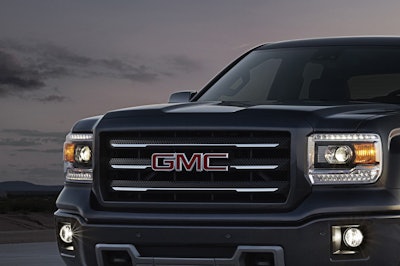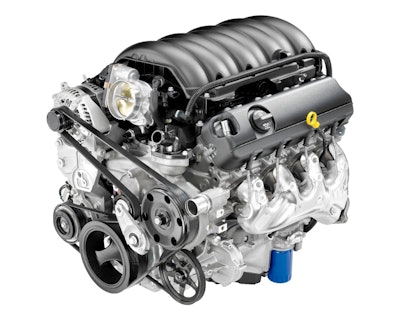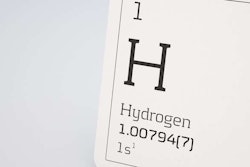

By now every car and truck buff in the country has weighed in on the new sheet metal pressed into service for the 2014 Sierra and Silverado trucks from General Motors.
And you either like it or you don’t. The real news here is what’s under the hood.
GM designed and built the three EcoTec3 engines new from the oil pan up: a 4.3L V6, 5.3L V8 and 6.2L V8.
“I was talking to one of the engineers and he said if you took the carryover parts from the old engine to the new, they’d fit in a sandwich bag,” says James Bell, head of consumer affairs at GM. “We wanted to take advantage of new technology that wasn’t available in this kind of vehicle in the past.”
The engines are so new GM is not ready to publish horsepower, torque or fuel economy figures just yet. But here’s what the engines do that’s so different from any truck engine that came before them:
Active fuel management (aka cylinder deactivation) is the engine’s ability to take an eight-cylinder operation, deactivate the lifters on select cylinders and cut it down to four firing cylinders without the driver noticing. “You just cruise along as a four cylinder until you need more power, perhaps towing up a grade,” Bell says. “When you give it a little more throttle all eight cylinders come to life.” (The six-cylinder engine also uses this feature and drops down to four cylinders when needed.)
Variable valve timing was first pioneered in GM’s four cylinder engines, but this is the company’s first application in a full size engine. “It’s a smart place to do it,” Bell says. The technology works by sensing throttle position, the load on the vehicle and speed. “It can finitely adjust the air-fuel mixture based on valve timing, making hundreds of adjustments per second to ensure the right combustion process,” he says.
Direct injection precisely meters fuel into the combustion chamber. This along with a new cylinder head design and a smaller combustion chamber allow the engine to operate with a higher compression ratio, 11 to 1 with regular gas, and thus increase power and efficiency. A slight twist to the intake ports enhances the fuel air mixture motion, and the spark plug tip is closer to the center of the chamber for optimal combustion.
Aluminum blocks with cast-iron cylinder liners save weight. “We were looking for state of the art, and that’s where the aluminum block and cast-iron liners came into play,” Bell says. A deep skirt block design adds strength and rigidity to the engine and reduces vibration. And a structural oil pan also helps stiffen the assembly.
The advanced oil pumping system, using a variable displacement oil pump, makes delivery of lubrication to the engine more efficient at low rpm and plenty robust at high rpm. The oil delivery is sufficiently thorough that GM specs a 0W/20 grade oil for the engines. And the oil monitoring system tests the oil for viscosity and contamination and tells you when it’s time to change your oil.












